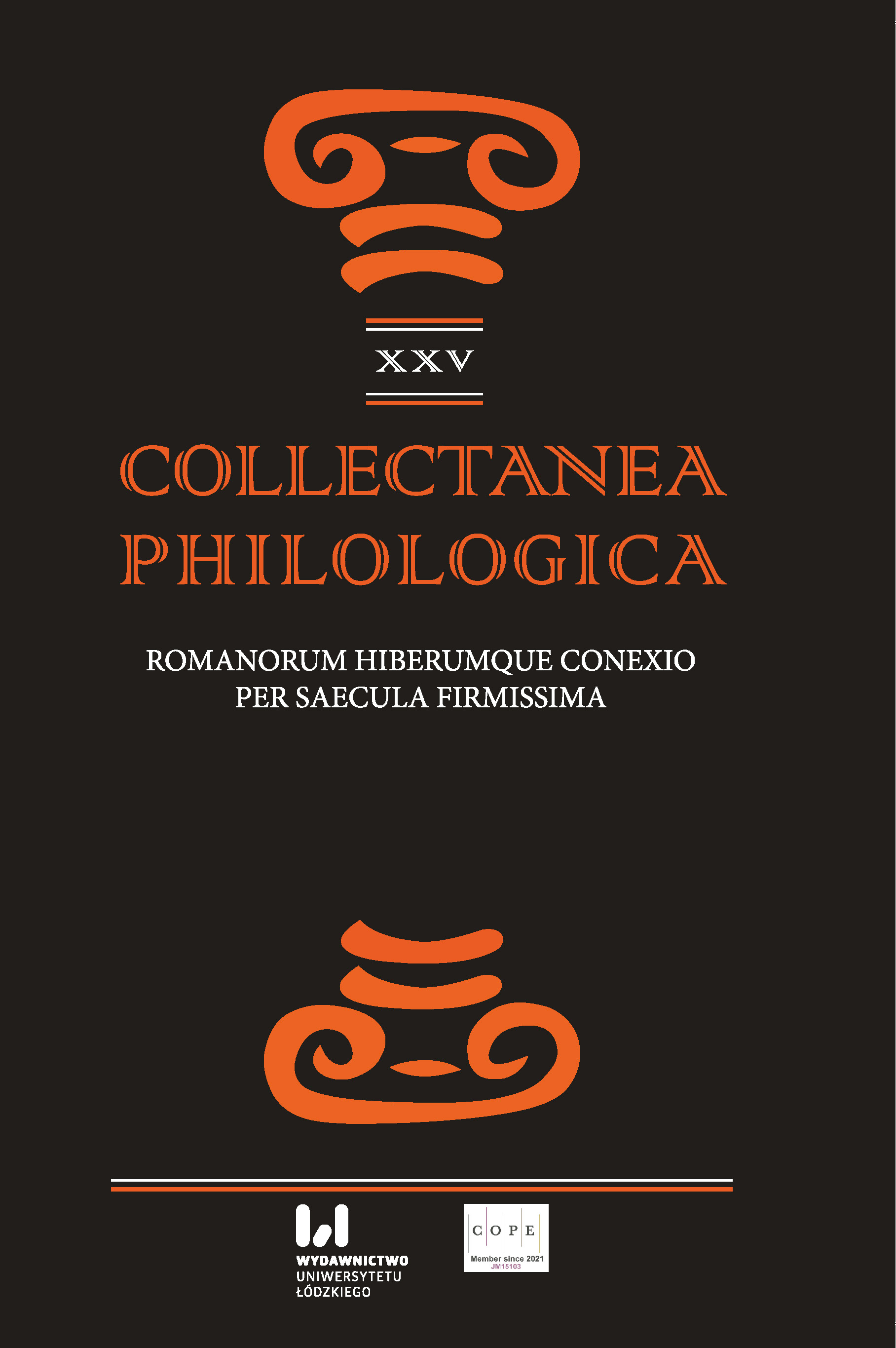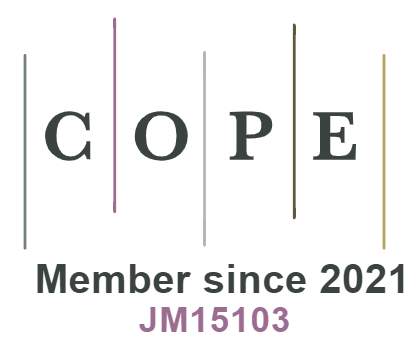Sobre los factores externos e internos de la penetración de los germanismos en la península ibérica
DOI:
https://doi.org/10.18778/1733-0319.25.07Słowa kluczowe:
łacina, Półwysep Iberyjski, hiszpański, zapożyczenia germańskie, sposoby przenikania, zewnętrzne i wewnętrzne czynniki, cechy strukturalne i leksykalno-semantyczneAbstrakt
The aim of this paper is to define, delimitate and explain the most important external and internal factors of the penetration of Germanic elements (mainly Visigothic) in the Iberian Peninsula, with special attention to the V–VIII centuries. The author analyses the political and linguistic situation in the Iberian Peninsula and indicates the textual sources of the above-mentioned period. He also makes some observations regarding the routes of penetration and presents some structural, lexical and semantic features of the Germanic borrowings. In his final remarks the author comments on the difference between direct and indirect loans and points out the possibility of the interaction between different external and internal factors, for example, phonetic, lexical and semantic changes connected with the evolution wisa > guisa.
Bibliografia
Cano Aguilar, R. (1988). El español a través de los tiempos. Madrid: Arco/Libros, S.A.
Google Scholar
Cano Aguilar, R. (coord.) (2004). Historia de la lengua española. Barcelona: Editorial Ariel, S.A.
Google Scholar
Gamillscheg, E. (1967). “Germanismos”. ELH, 2, 79–91.
Google Scholar
Gibson, I. (2017). Aventuras ibéricas. Recorridos, reflexiones, irreverencias. Barcelona: Ediciones B, S.A.
Google Scholar
Kremer, D. (2004). El elemento germánico y su influencia en la historia lingüística peninsular. En: R.Cano Aguilar (coord.). Historia de la lengua española. Barcelona: Editorial Ariel, S.A. 133–148.
Google Scholar
Lapesa, R. (1980 [1942]). Historia de la lengua española. Madrid: Editorial Gredos, S.A.
Google Scholar
Lleal, C. (1990). La formación de las lenguas romances peninsulares. Barcelona: Barcanova.
Google Scholar
Moreno Férnandez, F. (2005). Historia social de las lenguas de España. Barcelona: Editorial Ariel, S.A.
Google Scholar
Pawlik, J. (2015). El español medieval: hacia la consolidación de un idioma. Tomo 1. Fonética y fonología históricas. Poznań: Wydawnictwo Naukowe UAM.
Google Scholar
Penny, R. (1993). Gramática histórica del español. Barcelona: Editorial Ariel, S.A.
Google Scholar
Pons Rodríguez, L. (2010). La lengua de ayer. Manual práctico de Historia del Español. Madrid: Arco/Libros, S.L.
Google Scholar
Velázquez Soriano, I. (1989). Las pizarras visigodas. Edición crítica y estudio. Murcia: Universidad de Murcia.
Google Scholar
Opublikowane
Jak cytować
Numer
Dział
Licencja

Utwór dostępny jest na licencji Creative Commons Uznanie autorstwa – Użycie niekomercyjne – Bez utworów zależnych 4.0 Międzynarodowe.












